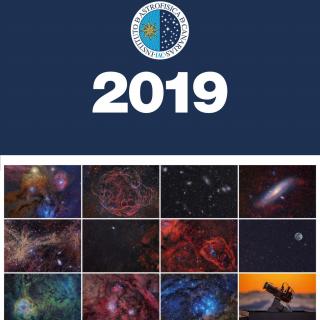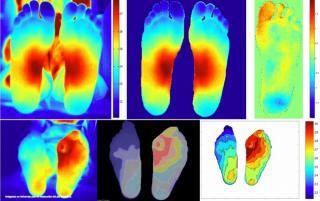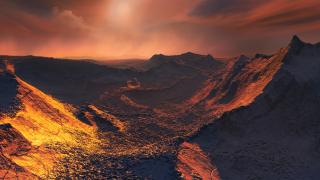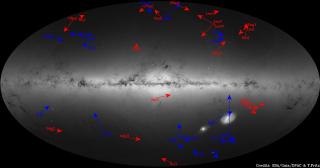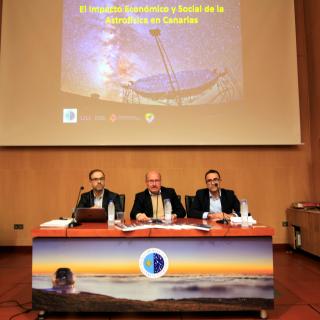![Imagen de la región más interna de ESO428-G14 en la línea de [SiVI] solapada con la emisión del jet (contornos en azul) en radio. Los números 1 a 6 denotan las regiones donde la emisión del jet es más intensa. La región 1 coincide con la posición del AGN. Crédito: D.May et al. Imagen de la región más interna de ESO428-G14 en la línea de [SiVI] solapada con la emisión del jet (contornos en azul) en radio. Los números 1 a 6 denotan las regiones donde la emisión del jet es más intensa. La región 1 coincide con la posición del AGN. Crédito: D.May et al.](/sites/default/files/styles/crop_square_2_2_to_320px/public/images/news/img_prensa_prensa1516_3580_hi.jpg?h=e0e4bc92&itok=MMy6gZqI)
Gas is essential to the process of forming a galaxy. During the first stages the amount of gas present determines the number of stars which will be in the galaxy. The galaxies with active nuclei (AGN) are those with a region of intense brightness in their centres. This brightness is produced by the presence of a supermassive black hole whose gravity makes it accumulate matter around it, in a process known as accretion. Supermassive black holes cause the surrounding gas to heat up, and some of it is driven towards the outer part of the galaxy (feedback effect). Until now it was believed that
